US aircraft carrier deploys off Korean peninsula amid tensions with North Korea
A US nuclear-powered carrier strike group has been deployed to the waters off the Korean peninsula for the first time since 2017 amid rapidly escalating tensions with North Korea over its missile tests.
Reports quoted a US official as saying on Tuesday that the USS Abraham Lincoln carrier strike group was presently operating in the Sea of Japan, located in eastern Asia, for exercises with Japanese forces.
The US Naval Institute’s USNI News Fleet and Marine Tracker shows the Abraham Lincoln carrier strike group currently stationed in the Sea of Japan.
South Korea, however, has refused to comment on whether it is also involved in the drills.
The move comes on the heels of an earlier report by South Korean media that the ships were deployed amid rising tensions in the Korean peninsula, weeks after North Korea successfully test-fired an intercontinental ballistic missile (ICBM) for the first time since 2017.
South Korea's Yonhap news agency said the group would be operating in the area for three to five days.
However, a spokesman for US Forces Korea (USFK), a sub-unified command of the US Indo-Pacific Command, said they would not comment on planned or ongoing drills.
This is the first time since 2017 that a US carrier group has been deployed to the waters between South Korea and Japan, marking a fresh escalation.
In 2017, three warships – the USS Ronald Reagan, USS Theodore Roosevelt, and USS Nimitz – were deployed to the region in a show of force following North Korea’s missile and nuclear weapons tests.
In talks held during their visit to Washington last week, a team of foreign policy and security aides to South Korea’s incoming president Yoon Suk-yeol sought the redeployment of US strategic assets such as aircraft carriers, nuclear bombers, and submarines to the Korean peninsula.
South Korea's defense ministry confirmed the carrier group’s presence in the eastern waters but refused to divulge further details.
Pyongyang has repetitively criticized US military drills in the Korean peninsula and Japan waters as a rehearsal for war and a source of tensions.
The US military announced last month that it has intensified air defense drills in South Korea and conducted an aircraft carrier exercise in the Yellow Sea as part of a “demonstration of resolve”.
In the last ten years, North Korea has conducted four of its six nuclear tests and developed intercontinental ballistic missiles (ICBMs) that have sent shockwaves across the world.
Last month, the country conducted a full ICBM test for the first time since 2017.
Known as the Hwasong-17, the powerful ICBM dubbed as a “monster missile”, appeared to have traveled higher and further than any previous ICBM tested by the nuclear-armed state.
After the launch, the state news agency cited North Korea’s leader Kim Jong-un as saying that the missile was test-fired due to “daily-escalating military tension in and around the Korean peninsula” and the “inevitability of the long-standing confrontation with the US imperialists accompanied by the danger of a nuclear war.”
This week marks ten years since the incumbent ruler, Kim Jong-un, rose to power and the 110th anniversary of the birth of the country’s founding leader, Kim Il-sung.
Satellite images have shown North Korean troops practicing for a military parade that could be held as part of week-long celebrations to mark the occasion.
Sung Kim, the US special representative for North Korea, said last week that Pyongyang could conduct a missile or nuclear test to mark the events.
The country will also mark the 90th founding anniversary of its People’s Revolutionary Army on April 25.
VIDEO | Press TV's news headlines
Hamas: Israel escalating ceasefire violations in Gaza
Venezuela's government declares unwavering unity behind Maduro
VIDEO | Global outcry over Venezuela president abduction
Iran keeps wheat import subsidies despite cutting other food supports
Venezuelan military stands with acting president after US kidnapping of Maduro
VIDEO | Press TV's news headlines
VIDEO | Protesters in Toronto slam US kidnapping of Venezuelan president


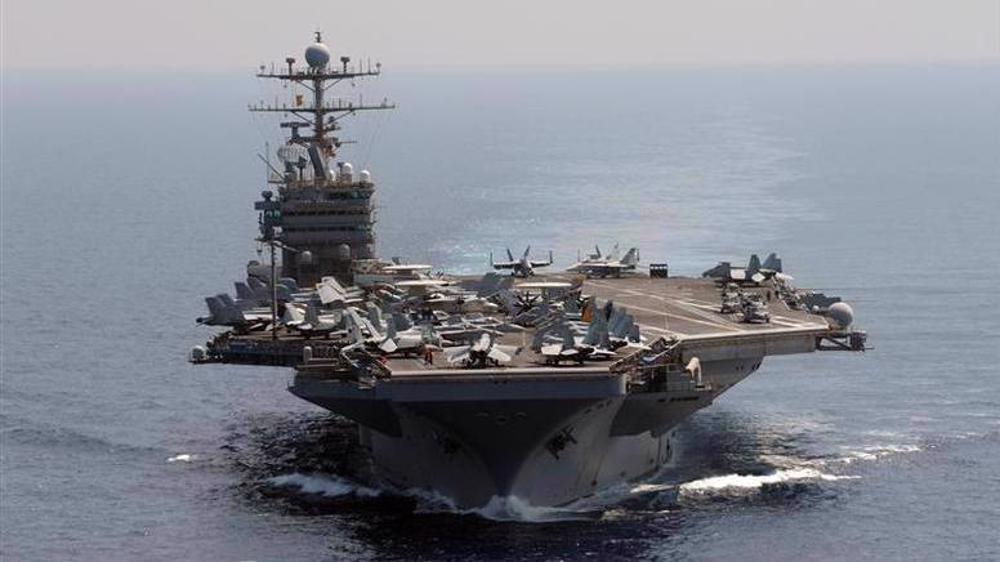

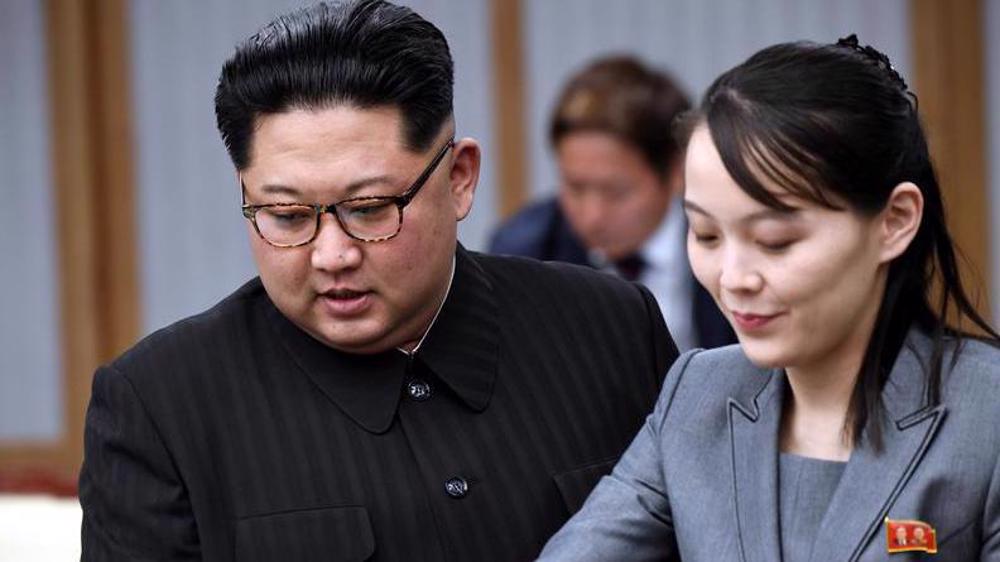







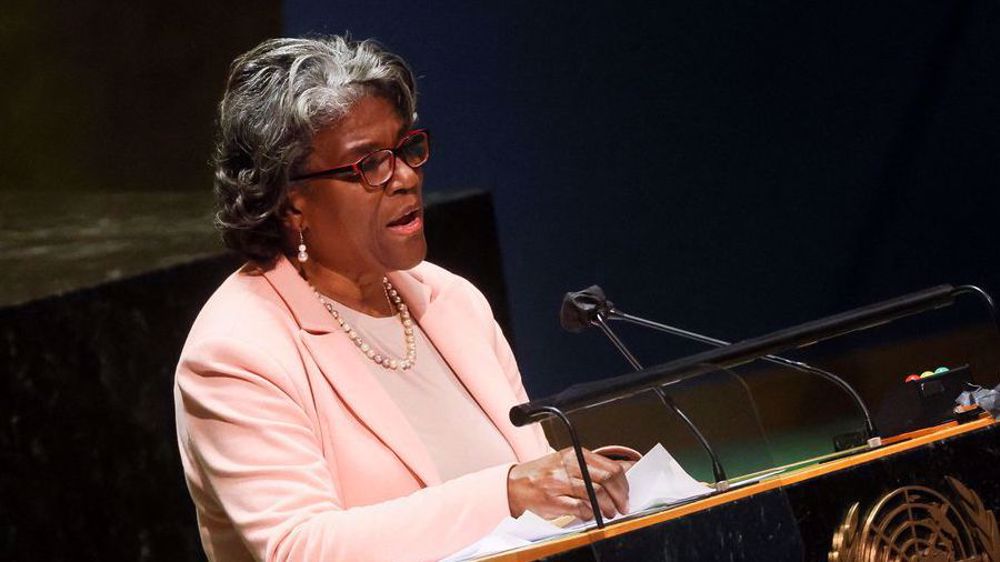
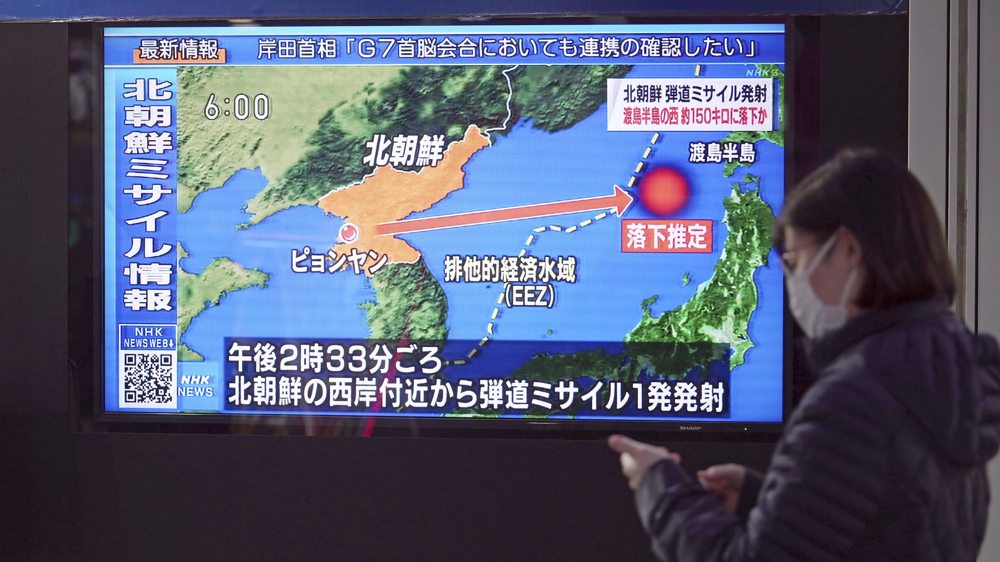
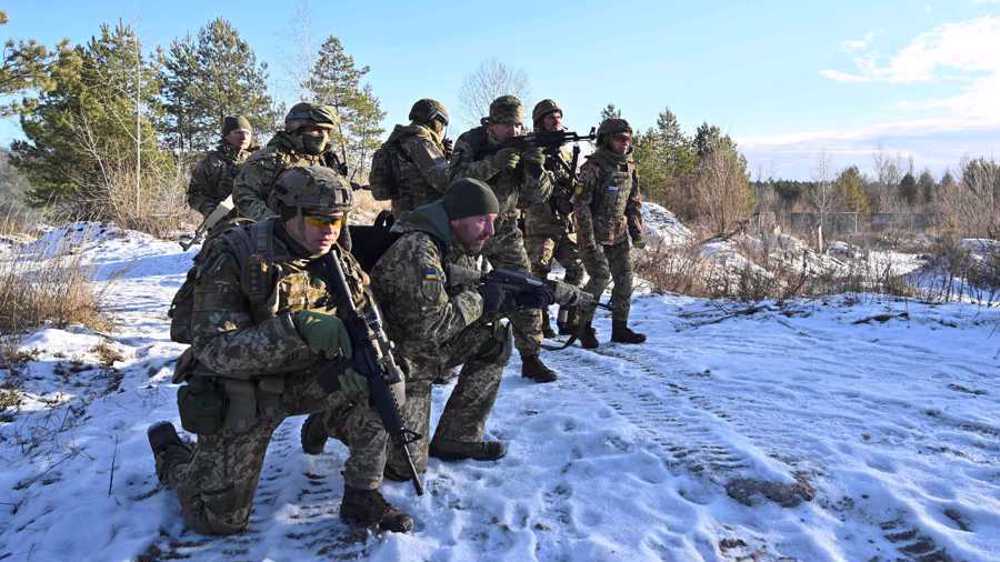

 This makes it easy to access the Press TV website
This makes it easy to access the Press TV website